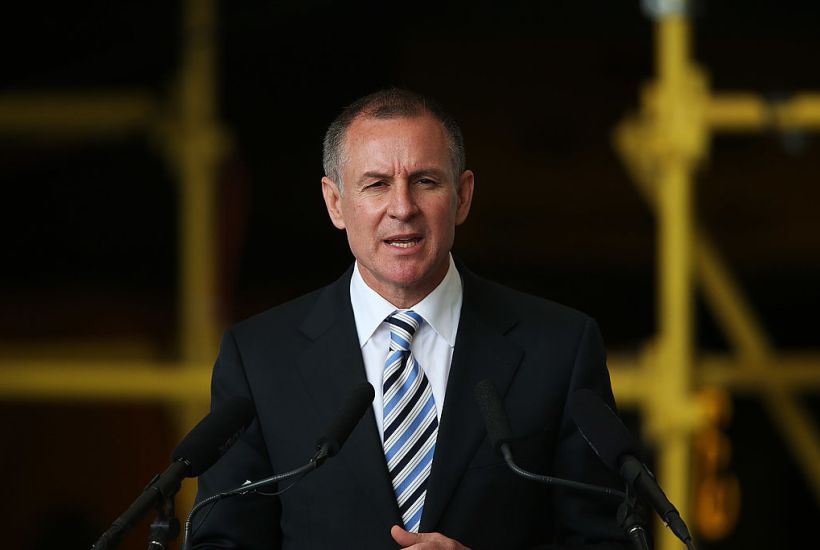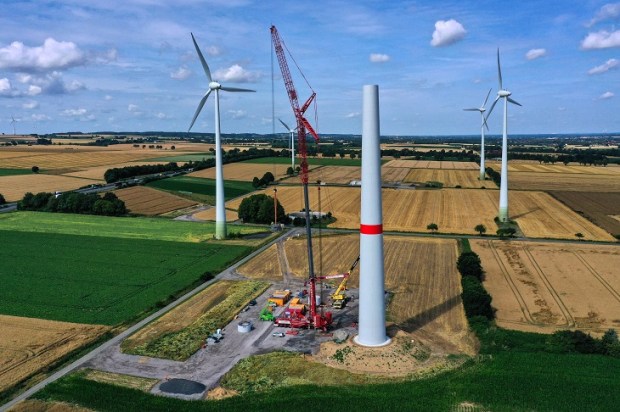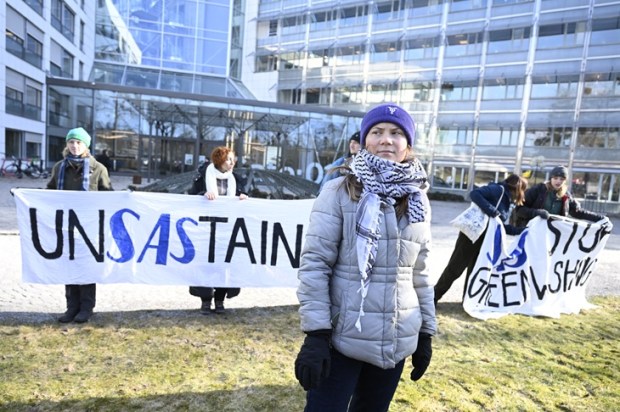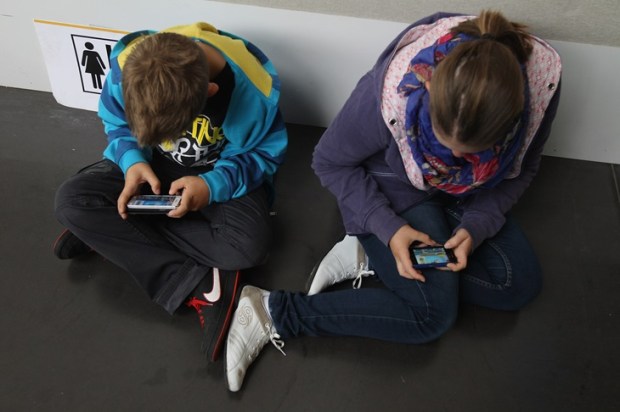As with all swindles, the great renewable energy swindle has ended with the sad realisation that we’ve been had. Having been sold the perpetual motion machine of our times, South Australia now realises that it will have to spend millions on batteries and gas to make their renewable energy infrastructure deliver reliable electricity.
The promises of big renewable have proven to be lies. Billions of dollars have been transferred from taxpayers and the poor to the green energy robber barons. The whole affair will go down in history as the great renewable energy swindleThroughout history, there have been some great swindles. There’s been Bernie Madoff, Charles Ponzi’s original scheme and now there’s the Renewable Energy Target, where billions of dollars are effectively transferred from low and middle-income households, to high-income households in the form of energy subsidies.
The difficulty with the RET is that few people understand it, and the people who do are usually the one’s making money off it. It’s a classic case of diffused costs and distributed benefits. The average person simply doesn’t have the incentive to understand the RET in any detail; by the time the average person discovers the true impact of the policy their electricity bill has already skyrocketed and it’s too late.
After all, who doesn’t like renewable energy? It’s clean, it’s green and it’s saving the planet. What’s not to like? Surely, there’s nothing wrong with having a target? Few people bother to ask: How does the RET work? Is a massive investment in renewable energy the most effective way of Australia reducing its greenhouse gas emissions? Or even, what’s the true cost of replacing Australia’s electricity generation capacity with renewables? These are questions that the renewable energy swindlers don’t want you to ask.
The swindle requires energy retailers to purchase Renewable Energy Certificates. The scheme is broken into two parts, first is the large-scale renewable generating certificates made up hydro, wind turbines and large-scale solar. The second part is small-scale technology certificates which are your residential solar panels and other small-scale renewable energy sources. These certificates are produced when renewable energy is created and is sold to energy retailers. It is in effect a subsidy paid for by energy consumers to renewable energy producers.
The renewable energy swindle, like all good swindles, has multiple parts. First, for over a decade state governments subsidised the initial cost of solar panels. Second, many state governments guaranteed a fixed feed-in tariff rate that was well above market rates, and third, the RET created an artificial demand for the electricity generated from small-scale solar. The effect of these three policies was a massive energy subsidy for wealthy individuals with solar paid for by consumers buying their electricity through the grid.
We’ve all met people who proudly boast that they now pay $50 a quarter for their electricity; all while the pensioner down the road dares not to turn on her electric heater in the fear that it will bankrupt her. Kevin Rudd once said that ‘climate change is the greatest moral challenge of our time’, but how moral can any solution be that involves the poor subsidising the rich? The same people who were outraged that the Abbott Government asked the middle class to pay a $30 co-contribution to visit a bulk billed doctor, will gladly see the electricity bill of pensioners increase by hundreds of dollars. Where’s their outrage now?
At present renewable energy represents only 14 per cent of Australia’s energy mix and this is set to increase to 24 per cent by 2025. In addition to this, many state governments have set more ambitious targets such as Queensland’s 50 per cent renewable energy by 2030 (Queensland currently produces around 4 per cent of its electricity from renewables and is subsidising coal mining in the form of government-backed loans). With elections looming, Labor is quietly dropping an increased RET from its policy platform. Last month the Western Australia’s ALP dropped the increased RET from its platforming saying it would ‘consult’ with the community after the election. (Pro-tip: This means they will reintroduce the target now the poll is out of the way).
If the damage done by the RET was limited to an indirect subsidy of electricity from one group to another then it wouldn’t be so bad, but the RET also has another perverse impact on energy markets. The dumping of subsidised intermittent renewable energy onto the market crowds out reliable baseload power such as coal and gas. We’ve already seen the effect of this in South Australia. Recently BHP Billiton has said they may not proceed with plans to expand their Olympic Dam mine due to the reliability of South Australia’s energy supply. We can reasonably expect the energy prices to skyrocket and reliability to decline. It’s highly likely that continued issues with Australia’s energy supply will affect more long term projects doing further damage to the economy.
Even if one is convinced by the need to take action on climate change, the RET is a poor tool for the job; it’s extremely expensive, unjust and distorting to the economy. It’s time to put an end to the swindle and abolish the Renewable Energy Target.
Justin Campbell is the general manager of LibertyWorks Inc and a campaign director for noRET.org.au.
You can help abolish the Renewable Energy Target by signing LibertyWorks No RET petition at www.noret.org.au.
Got something to add? Join the discussion and comment below.
Got something to add? Join the discussion and comment below.
Get 10 issues for just $10
Subscribe to The Spectator Australia today for the next 10 magazine issues, plus full online access, for just $10.


























Comments
Don't miss out
Join the conversation with other Spectator Australia readers. Subscribe to leave a comment.
SUBSCRIBEAlready a subscriber? Log in